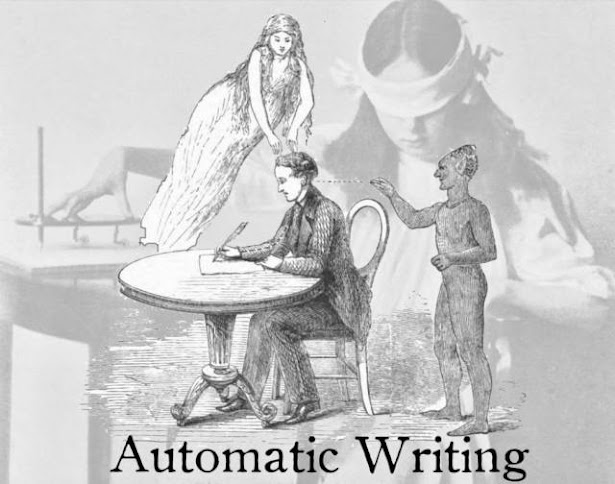On the newly discovered fragment of a childhood story of Jesus from the Infancy Gospel of Thomas 2
On the newly discovered fragment of a childhood story of Jesus. The Greek papyrus fragment P.Hamb.Graec. 1011 in the Hamburg Carl von Ossietzky State and University Library was recently identified as the earliest manuscript fragment of the well-known Infancy Gospel of Thomas, containing a part of the famous second chapter where the child Jesus is said to turn twelve clay sparrows he had made into living ones with a word. An allusion to the story also appears in the Quran's Surah 3:49:
"He will say: “I bring you a sign from your Lord. From clay I will create for you the likeness of a bird. I shall breathe into it and, by God’s leave, it shall become a living bird."*The discovery is important because it appears to be the earliest Greek fragment of the work. Until now the earliest manuscript that existed for the work in Greek dated to the 11the century (Cod. Sabaiticus 259). The fragment also provides further support for the idea that the work was originally written in Greek. So this really is a quite exciting find.
As is typical of such discoveries, several news outlets are making inaccurate statements about it, which is really sad because this really is a significant find on its own terms. We see examples of the problem in the following headlines:
CBS News has the headline:
“Newly deciphered manuscript is oldest written record of Jesus Christ's childhood, experts say.”
And then they write in their opening sentence:
"A newly deciphered manuscript dating back 1,600 years has been determined to be the oldest record of Jesus Christ's childhood, experts said in a news release."
They link the original news release, which says no such thing. What is does say is that it is the oldest manuscript of the Infancy Gospel of Thomas.
The Daily Mail repeats the same error, but then add insult to injury in their headline by attributing an erroneous date to the manuscript fragment;
“Experts discover earliest record of Jesus' childhood after deciphering 2,000-year-old Egyptian manuscript”
The dating given by the news release is 4th -5th century not the 1st to 2nd century. It's simply not a 2000-year-old fragment.
The headline in Popular Mechanics reads:
“A New Discovery Could Offer Some Clues About Jesus’ Childhood”
Not really. Scholars have known about this story in the Infancy Gospel of Thomas for centuries. I do not know off hand when it was first translated into, for example, English, but it did already appear in Jeremiah's Jones' 1798 work A New and Full Method of Settling the Canonical Authority of the New Testament (vol. 2, pp. 221-22) and it appears in Medieval art, as we see for example in this painting from the ceiling of St. Martin's Church, Zillis, Switzerland (c. 1110-15).
Another illustration of it can be found in a Manuscript L 58 Sup from the Ambrosian Library (c. 13r)
In addition to the story being well known and that for a long time, I am aware of no scholar who treats it as having any actual historical value in terms of telling us about Jesus's childhood. See further the Klosterneuburger Evangelienwerk (c. 1340), Schaffhausen, Stadtbibliothek, Gen. 8 (f. 28r)
Tony Burke's English translation of the Infancy Gospel of Thomas is available here.
___________
*The same Surah also seems to allude to an incident in the apocryphal Proto-Gospel of James. See on the large question of "lost Gospels" and the Quran, see Philip Jenkens' helpful piece here.
*The same Surah also seems to allude to an incident in the apocryphal Proto-Gospel of James. See on the large question of "lost Gospels" and the Quran, see Philip Jenkens' helpful piece here.






Comments
Post a Comment